An interest in any branch of natural history is a voyage of discovery, beginning with one’s earliest observations, and continuing with highlights along the way. Two examples from a personal perspective both concern winged creatures, birds and moths. The former began with a clearly remembered sighting of an Eastern Yellow Robin in bush below Arthurs Seat nigh on eight decades ago, a bird that still brings back that memory when encountered all these years later. (Links are in bold)
A few years on, a well remembered moth was often seen around the Gippsland farmhouse, and would be familiar to many who may see it resting in shaded refuges during daylight hours. It is Dasypodia selenophora, the quaintly named Old Lady Moth.
There are similarities between the two studies, both birds and moths have recognised ranges where they occur, and periods during the year when they may be observed. Many birds are seasonal migrants, but vagrants also sometimes appear, generating great interest among the birding fraternity. The flight times of moths are tabulated in months, governed by their larval and pupal stages, but occasionally records of rarely seen species, or known range extensions, mirror the interest of vagrants in the birding world. While awaiting the return of warmer months and a general resumption of mothing, some of the interesting records made during the last few years are perhaps worth revisiting here. Notes regarding the records are from the essential reference to Victorian moths, the Moths of Victoria series. (MOV)
In December 2010 another moth with a common name referencing female senior citizens, the Granny’s Cloak Moth, Speiredonia spectans, was discovered and photographed on a friend’s wall. MOV 8 notes that with eight records “It is not clear if the species is resident in the state. It is likely that they are irregular visitors” This is a female.
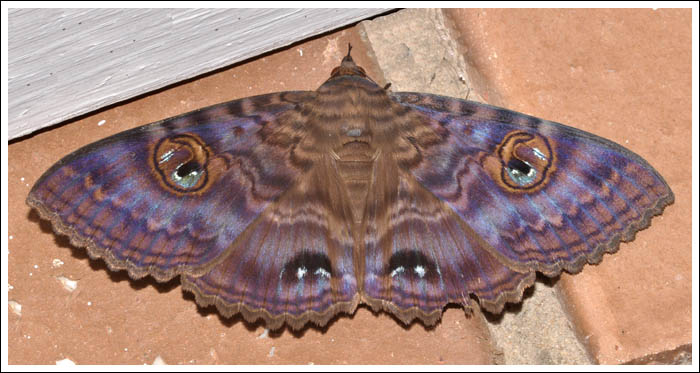
Some surprises come entirely by chance, a little under twelve months later, in November 2011, an unusual small moth was noticed on a window pane. That record of Holocryptis phasianura, the Gowned Moth was one of the early records for Gippsland.

November 2011 was a good month for records. With the moth light beaming out by the house wall, a male Sculpted Bone Moth, Lithilaria proestans settled on the bricks. At the time the existing records were from Noorinbee in the far east of the state. A feature of the male moth are the palpi that are long and “are curved back over the head and reach to the end of the thorax.” (MOV 2.)
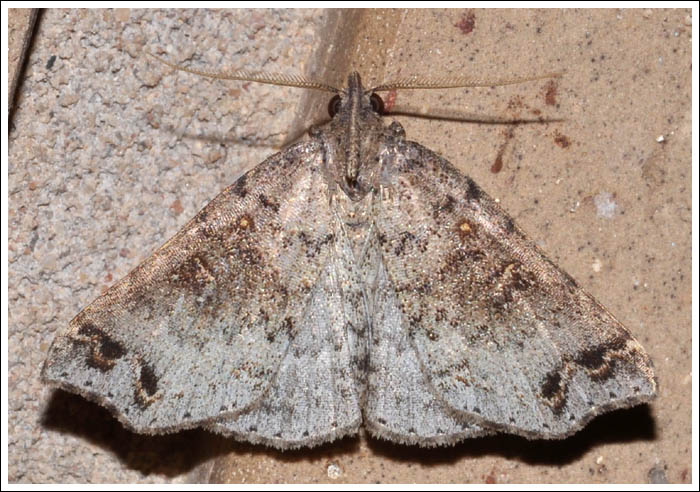
Just twelve months later in early November, a female came in at the same location. MOV notes that “the female palpi are large, though not as substantial as the male.”
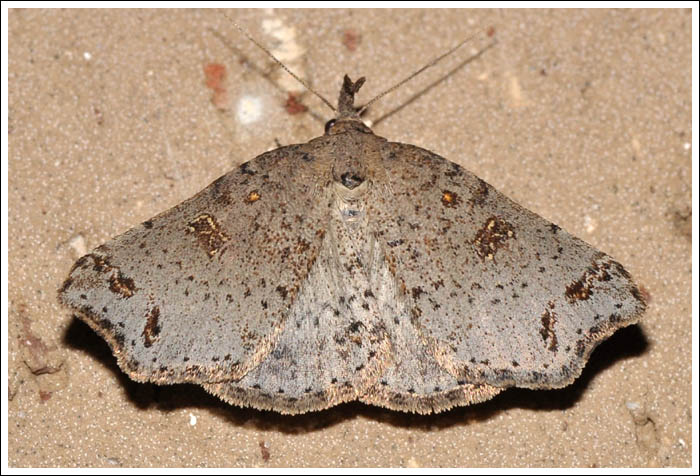
Palpi detail.
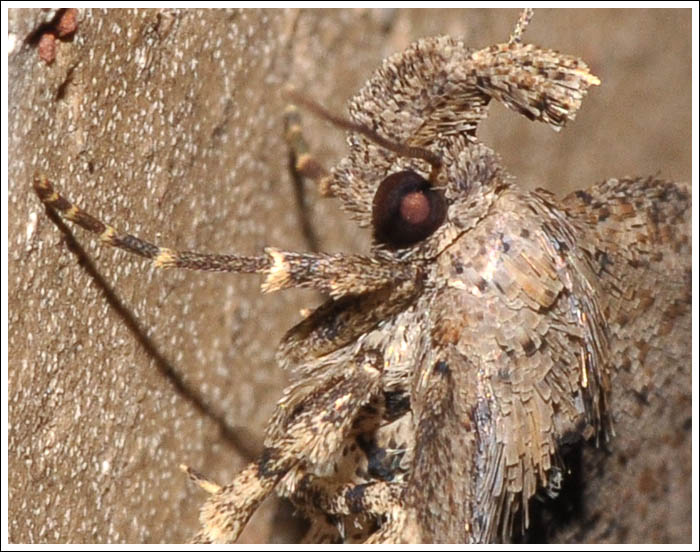
Since those early records the species has proved to be not particularly uncommon in Central Gippsland, and comes to the light occasionally.
The next moth, a female Paonidia anthracias or Dark Snout, was photographed in Holey Plains State Park in December 2012, and at the time, the location of the only Victorian record in the Australian National Insect Collection was shown to be in the Otways region west of Melbourne. This was the first time it had been recorded in Gippsland, and a male was also recorded locally in December at Bellbird Corner Riverside Reserve.
Female.
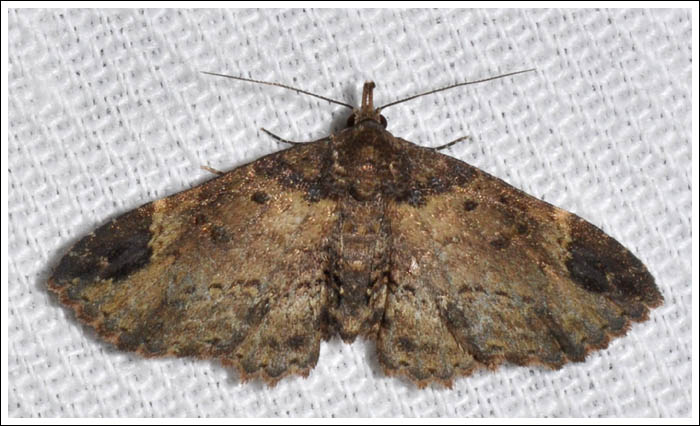
Male.
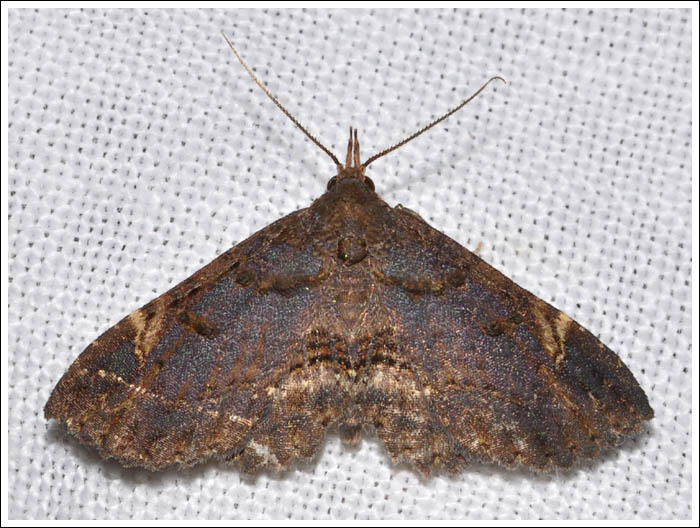
To be continued.
References and further reading,
P Marriott,
Moths of Victoria Volumes 2 and 8
